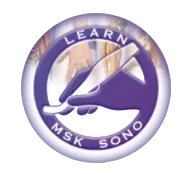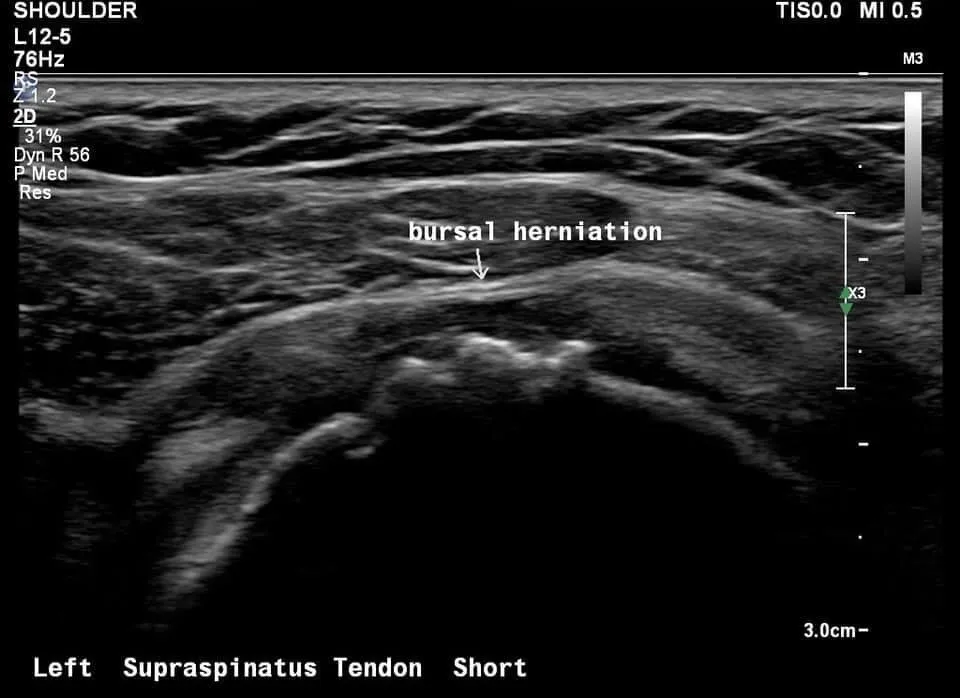Tuesday tip ✅
A full thickness tear of the rotator cuff means that the tear involves all of the fibers of the affected tendon. This type of tear appears as an anechoic defect extending from the bursal to the articular surface of the tendon. It may be incomplete involving only a small segment of the tendon or it may be complete involving the entire width of the tendon. Retraction can occur when a complete tear occurs at the attachment onto the bone. A partial thickness tear involves only some of the tendon fibers. These types of tears can communicate with the bursal surface, articular surface, or be intrasubstance.
It is important to recognize that a partial and full thickness tear can exist at the same time in the same tendon as seen in this cine that I have taken of the supraspinatus tendon. In this sweep from anterior to posterior, you will first see a partial thickness tear that transitions into a full thickness tear and then back into a partial thickness tear again. All the tendon fibers remain intact posteriorly. Secondary signs of a full thickness tear include cortical irregularity, bursal herniation, and a cartilage interface sign.

